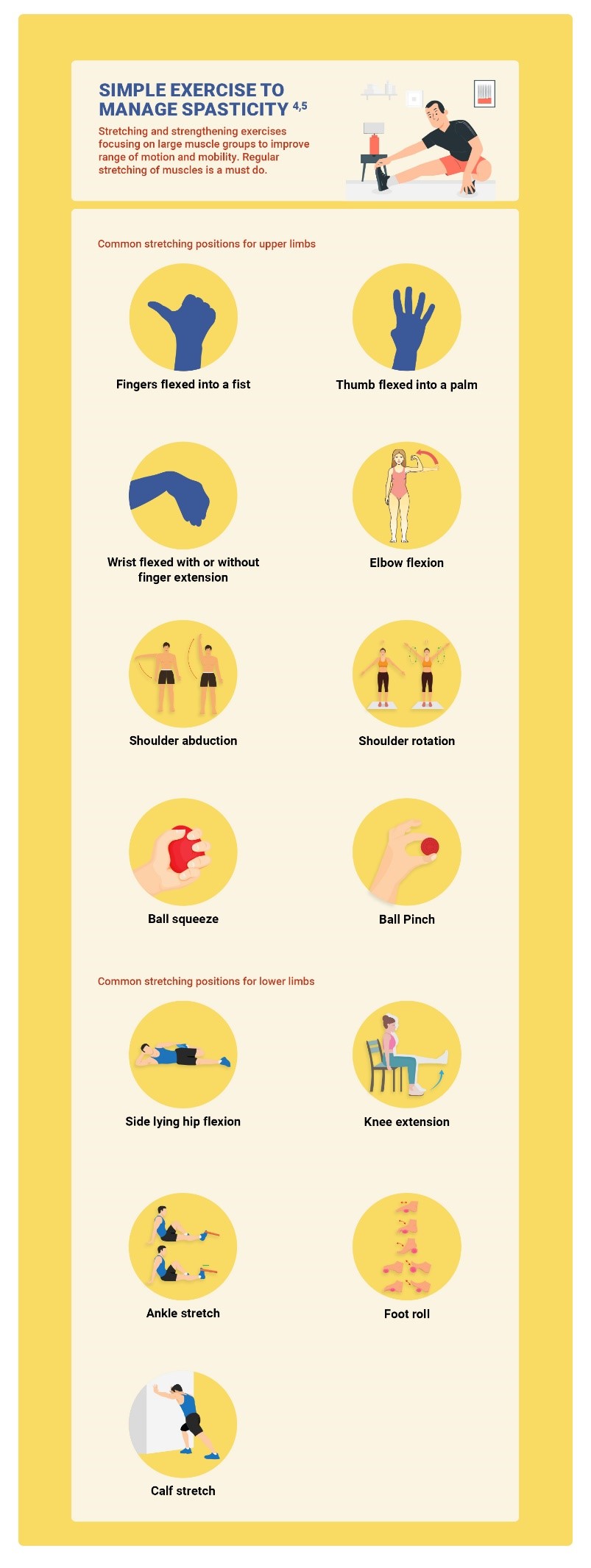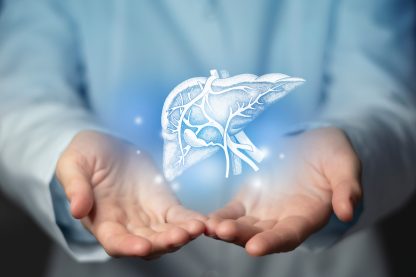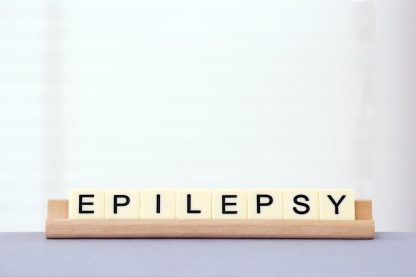Understanding spasticity and managing disability
4 min read
What is spasticity?1
Spasticity is an abnormal muscle tightness due to prolonged muscle contraction. It is a symptom associated with damage to brain, spinal cord or motor nerves, and is seen in individuals with neurologic conditions, such as – Cerebral Palsy, Multiple Sclerosis, Stroke, Traumatic brain or spinal cord injuries. Spasticity can affect muscles in any part of the body but is most common in leg muscles.
What happens in spasticity?1
Spasticity symptoms include continuous muscle stiffness, spasms and involuntary contractions which can be painful. A person with spasticity may find it difficult to walk or perform certain tasks. Symptoms of spasticity can vary from mild stiffness or tightening of muscles to painful and uncontrolled spasms. Pain or tightness in joints is also common in spasticity.
Some of the symptoms of spasticity may include:2
- Muscle stiffness causing movements to be less precise and making certain tasks difficult to perform
- Muscle spasms causing uncontrollable and often painful muscle contractions
- Involuntary crossing of the legs
- Muscle and joint deformities
- Muscle fatigue
Spasticity in children3
Spasticity in children can result in growth problems, painful and deformed joints and disability. Spasticity can result in functional problems with daily living activities such as gait, feeding, washing, toileting and dressing. Over time, spasticity may also cause problems such as muscle pain or spasms, trouble moving in bed, difficulty with transfers, poor seating position, impaired ability to stand and walk, contracture leading to joint deformity, bony deformation, joint dislocation and diminished functional independence.
Managing spasticity1,2
It is important to seek medical help when spasticity is experienced for the first time with no known cause, the spasticity is worsening and becoming more frequent, pain is experienced due to stiff joints and muscles or the condition is preventing performance of everyday tasks. Spasticity should be treated when it causes pain, interferes with activities of daily living or sleep or leads to less ability to function. Treatment goals include:
- Relieving the symptoms of spasticity
- Reducing the pain and frequency of muscle contractions, making it easier for caregivers to dress, feed, or bathe the patient
- Non-medical treatments include physical and occupational therapy like stretching and strengthening exercises, temporary braces or casts, application of cold packs or electrical stimulation
- Oral medications might be prescribed when symptoms interfere with daily functioning or with sleep
7 Lifestyle Changes to Reduce Spasticity4,5

Positioning
3

Warmth
4

Deep Tendon Pressure
5









